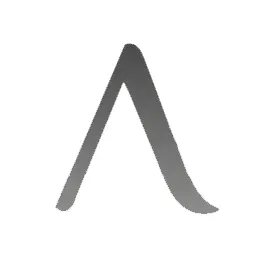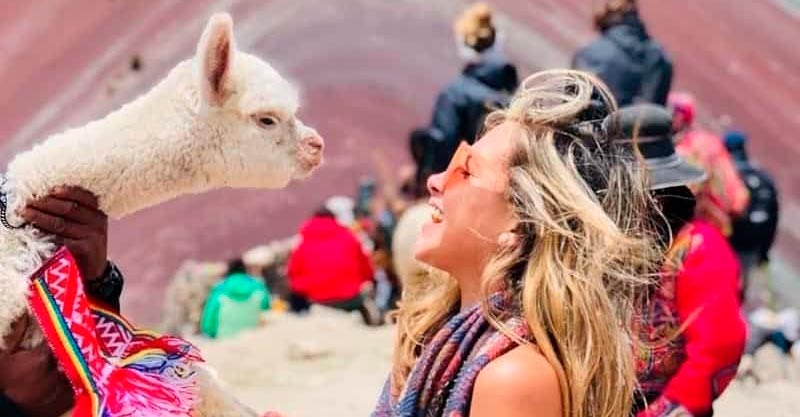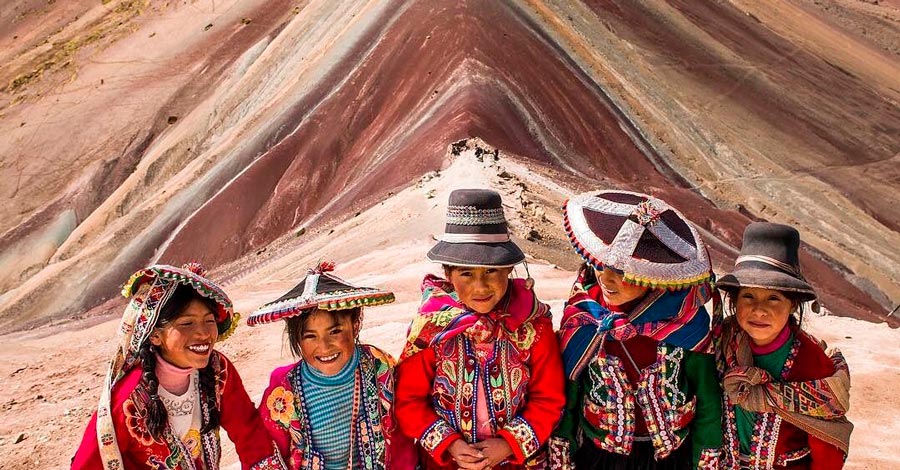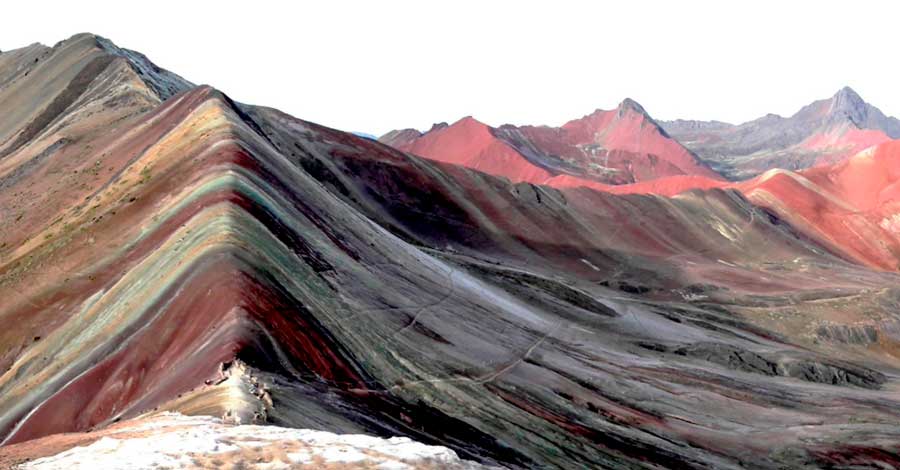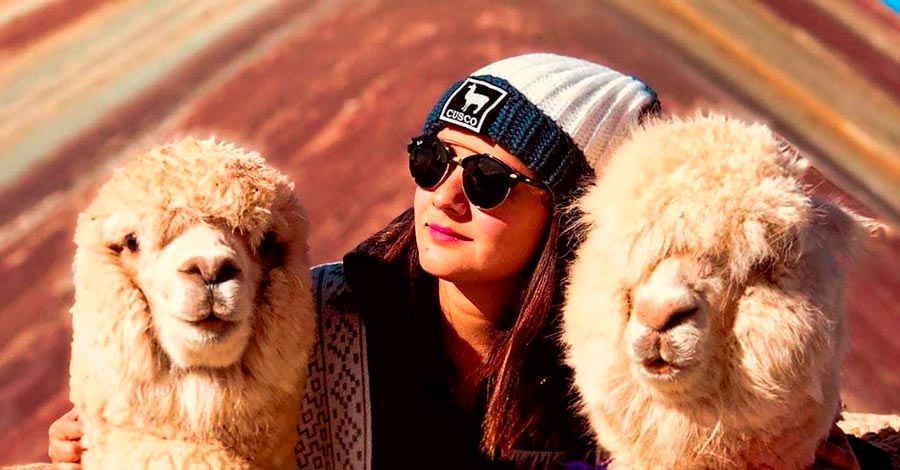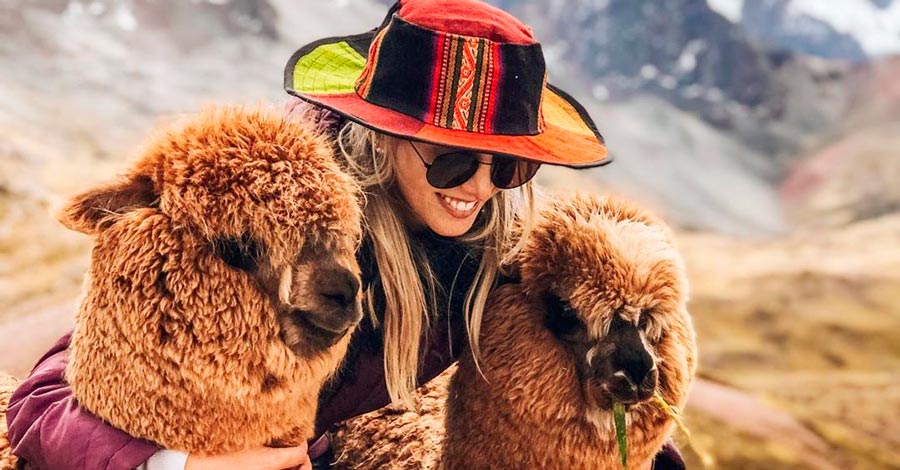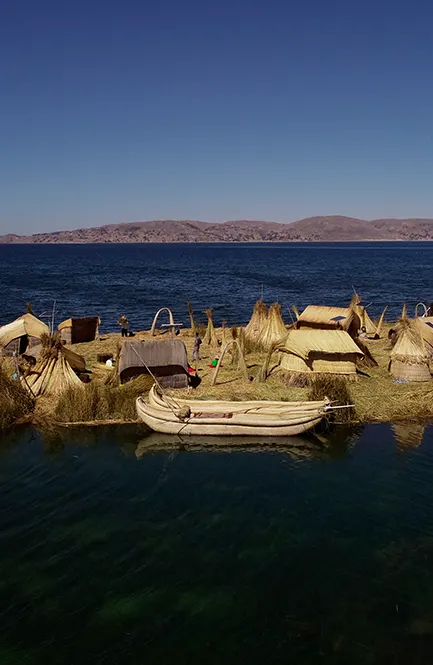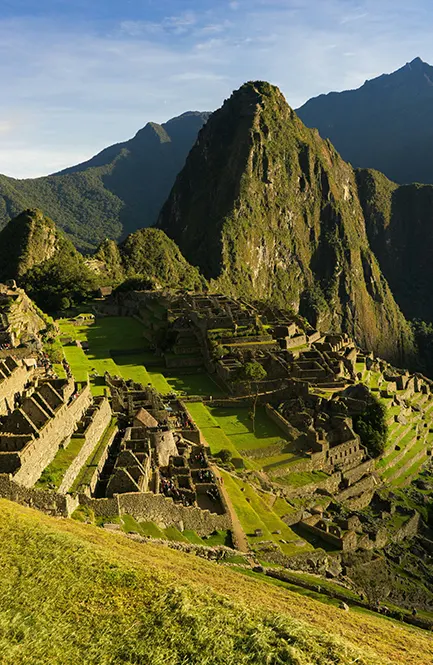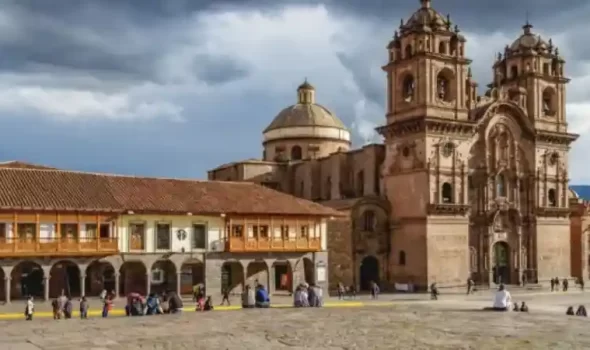Cusco is not only known and admired for its archaeological touristic places and its lovely Spanish colonial architecture. Cusco also offers abundant nature, we are confident that you will fall in love with the beauty of many landscapes such as the amazing mountains of colors of the rainbow mountain or the mountain of 7 colors or Vinicunca. Visit this place is something that you will remember all your life not only for its beauty but for reaching the goal.
The rainbow mountain or Mountain of the seven colors, better known as Vinicunca mountain is one of the best attractions of Cusco and Perú. Definitely a dream landscape worth visiting.
The history of this mountain and its colors began millions of years ago. This is a unique destination that is very famous for the variety of colors and amazing environment that you can find there. The rainbow mountain has slopes and peaks formed by different colors such as fuchsia, gold, lavender, and turquoise. All these colors make a unique landscape leaving all its visitors astonished.
Where is Rainbow Mountain?
The mountain of colors of Vinicunca or Vinincunca is located in the Vilcanota mountain range and in one of the most glaciated sections of the Andes mountain range in the southeastern region of Peru between the regions of Cusco and Puno. Rainbow Mountain is located just over 100 kilometers southeast of the city of Cusco. It is located between the district of Pitumarca in the province of Canchis and the district of Cusipata, both in the province of Quispicanchis.
How high is Rainbow Mountain?
The top of the Rainbow Mountain is at 5,200 meters and the tourist viewpoint, from where the panoramic views of the place are taken, rises to a height of 5,036 meters. An additional fact is that the imposing snow-capped Ausangate, the highest mountain in the Cusco region and the fifth-highest in Peru with its 6385 meters of altitude, is located very close to the Rainbow Mountain. From Vinincunca you can see the Apu Ausangate, a mountain considered sacred since pre-Inca times.
Ver esta publicación en Instagram
What does Winicunca or Vinicunca mean?
This amazing mountain has several names such as «Mountain of 7 colors», «Colored Mountain», «Rainbow Mountain», «Rainbow Mountain», «Colorful Mountain», «Rainbow Mountain» among others. The official name given by the local people since ancient times is Vinicunca or Winicunca, Quechua name from the words «Wini» that some say come from the expression «Wini Rumi», which is translated as «black stone» due to the number of rocks of this color present in the area.
Vinicunca or Winincunca its original name from the Quechua dialect, Wini = dyed or colored, Cunca = Neck. Well, certainly when arriving at this point of the mountain of colors it opens as a step to continue towards the lower valleys, and around it is all colorful, great variety of colors of the Andes, also you can see these colors reflected in the local villagers’ clothes.
By giving a more specific approach to the area where the mountain is located, the name Vinicunca would allude to a geographical feature, a mountain pass or narrow pass. That is why, in our opinion, an approximate translation would be «colorful mountain pass».
Why is Rainbow Mountain Peru colorful?
The gorgeous colors of the rainbow mountain are due to the complex geological history of marine, river and lake sediments. The colored lines correspond to different layers of marine sediments that settled on the ground before the collision. The sediments date from between the Tertiary and Quaternary periods, in other words, from 65 to two million years ago. These marine sediments were transported by the water that once covered the area.
Over time and during the formation of the Andes Mountains, the sediments formed layers with different grain sizes that were arranged according to their weight. Then they acquired their striking colors due to the oxidation of their minerals, exerted by the humidity of the area, and their erosion. So, Rainbow Mountain colors are due to the humidity and the erosion of thousands of years.
Brief Geological History of Rainbow Mountain
How was the Rainbow Mountain formed?
The rainbow appearance of Vinicunca is due to a complex geological history of marine, lacustrine and fluvial sediments. Sixty-five million years ago, the planet’s continents were still settling. Where once there were seas and lakes, today there is land. In the case of Vinicunca, when South America joined North America due to the movement of plate tectonics (in this case the Nazca plate colliding with South America and sinking under it). The force of the collision was in such a proportion that the sea floors convulsed and turned into mountains after a long process, thus originating the famous Andes mountain range.
What is the composition of the Rainbow Mountain fringes?
According to the Peruvian Geological Society, the mineralogical composition of each strip, according to its color, would be as follows.
- Pink or fuchsia: a mixture of red clay, mudstones (mud), and sand.
- Off-white: sandstone or quartz sand and limestone.
- Purple or lavender: composed of marl (a mixture of clay and calcium carbonate) to which silicates are added.
- Red: argillites and clays.
- Green: it would contain ferromagnesian clays (a mixture of iron and magnesium) and copper oxide.
- Yellowish-brown, mustard or golden: these would be limonites, calcareous sandstones rich in sulfide minerals (combined with sulfur).
Iron oxides can also be added to all these color mixtures, which are also present in the reddish color of the stripes. This is how all these combinations of minerals also form different colors between darker and lighter that can be distinguished in the mountain, so we can describe the presence of more than 12 color tones and all thanks to these factors of time and climate.
What is the best time to visit Rainbow Mountain, Peru?
The recommended time to appreciate this splendid landscape is in the dry season (April to October), between these months the sky is clear and Vinicunca offers us its best colors since these vary according to the weather, the seasons and the hours during the day.
During the dry season, you can find sun during all the day, you can distinguish the colors very beautiful, but more beautiful and colorful are the visits in the mornings and in the evenings, since with the first and last rays of the sun the minerals shine much more, distinguishing themselves clearly .
In the rainy season, which is from November to March, river rainfall increases and there are times when part of the mountain is covered with snow and cannot be appreciated 100%, but each natural phenomenon makes the beauty of this amazing site.
When was Rainbow Mountain discovered?
It is thanks to the Ausangate mountain that the Rainbow Mountain became known to the world. Well, travelers who made the trek to the snow-capped Ausangate mountain were in charge of popularizing Vinicunca through the various known social networks, especially Facebook and Instagram. Its fame began to grow exponentially since 2016 when people began to embark on flights to replicate the photos on social networks.
Why do people visit Rainbow Mountain?
Today, Rainbow Mountain is able to attract a large number of foreign tourists. It is unofficially known to be one of the most visited attractions in Peru. In Cusco, its popularity is only behind Machu Picchu and the Sacred Valley of the Incas. All this recognition is thanks to its great diffusion in social networks by the outlandish vivid colors that Vinicunca (Rainbow Mountain) presents and that make it a geological spectacle like few others in the world.
Flora and Fauna of Rainbow Mountain:
The vegetation in the environment around Rainbow Mountain features mostly natural high Andean grasses including pajonales, puna grass, bofedales, tólares, and canllares.
Wildlife around Rainbow Mountain is scarce. We can appreciate a large number of South American camelids such as llamas and alpacas. It is not very frequent but we can also see Andean foxes, skunks, huallatas, sparrow hawks, partridges, and Andean deer.
Was Rainbow Mountain exposed after the ice melted?
Some people say that Vinicunca was exposed due to the ravages of climate change, in other words, the warming of the atmosphere melted the snow that covered Rainbow Mountain. However, some geologists do not fully support this claim, it is thought that this mountain was partially covered with snow until the ‘90s and that it was not a glacier. On the contrary, some locals claim that Rainbow Mountain was effectively covered with ice several decades ago. So, as long as there is no solid evidence, it is not yet possible to affirm this affirmation with certainty. However, neither can it be denied that there have been quite accelerated and serious glaciers melting in the Andes Mountains.
How to get to the Rainbow Mountain?
By your own:
This option is very tedious due to the distance and altitude at Rainbow Mountain is located. It is not recommended because the community of Cusipata is located more than 100 kilometers south of Cusco. You can get there starting from Huayruropata Avenue towards the town of Sicuani, the cost probably varies between 10 and 15 soles to Cusipata. The problem is to find a vehicle from Cusipata to get the point where the hike begins (Phuluwasipata) and then get transportation back, once found is somewhat expensive to rent a vehicle for the round trip.
Route through Pitumarca to Vinicunca
Pitumarca is one of the routes that will take you to the mountain of seven colors, the tour starts from the city of Cusco, you can take public transport or private cars to the town of Checacupe that lasts 1:30 hrs. approximately. From Checacupe you take the a bus until you reach the parking lot with a duration of 1 hour and 30 minutes approx. From this point we will start the walk towards the mountain of colors with a duration of approximately 40 minutes.
Route through Cusipata to Vinicunca
This route is less demanding for visitors to the Rainbow Mountain, we start the journey in transport from the city of Cusco towards Cusipata (1:30 hours approx), where we take a bus to the community of Chillihuani and arrive at Phulawasipata with a journey of 40 minutes approx. From this point we start the great adventure (walk) to the Vinicunca mountain that lasts approximately 2 hours, this depends on the visitor’s walking pace.
The Cusipata route has an option for visitors, if you feel that you cannot continue the walk and want to reach the goal, there is the option of being able to rent horses that will help you transport, either up or down or just both. Horse transport has an additional cost of approximately $ 25.
However, it is more advisable to take the Route through Cusipata, although it takes longer than the route through Pitumarca, this is because the transport is closer and the walk is light and 98% of people choose the route through Cusipata.
How difficult is the Rainbow Mountain hike?
The 2-hour walk that takes place on the Cusipata route, depends on the physical condition of the tourist, is not dangerous and requires a moderate-high physical effort. There are sections of considerable uphill and downhill slopes. However, one of the difficulties may be the cold weather and the icy wind that would bring the soroche as a consequence; for this a respective acclimatization of 1 to 2 days is recommended.
Walk level during Rainbow Mountain hike
The walk is cataloged in 4 levels, the level of the walk to the mountain of 7 colors is considered at level 2, it demands a moderate-high physical effort, on flat terrain and few slopes.
- Simple on flat terrain, without much difficulty.
- Between flat terrain and few slopes.
- Few flat land and steeper slope.
- Outstanding and rugged terrain.
Rainbow Mountain’s Weather
The Cusco region presents two well-defined seasons: the dry season and the rainy season. During the months of October to March, the rainy season, so Rainbow Mountain presents abundant cloudiness and heavy rains. On the other hand, during the months of the dry season from April to October, the weather in the mountain is very cold at night, but sunny during the day and with strong wind currents.
Being among the endless mountain ranges of the Peruvian Andes, the climate of the Rainbow Mountain is generally cold, and because it is located in a mountain pass, it is very windy. Its average annual temperature during the day varies between 6 and 12 °C. This temperature is reduced during the months of May, June and July, the coldest months in this area of the Andes. In these months we see an increase in the presence of icy currents and the mountain is usually covered with snow, the weather is very cold, the temperature in winter can drop below 0 ° C, but the normal average is between 10 ° – 12° C.
Recommendations to visit Rainbow Mountain (Mountain of 7 colors)
- It is important to be acclimatized between 1 to 2 days so as not to have altitude sickness during your visit.
- If you do not consider yourself in good physical condition for the walk, rent a horse on the spot.
- Due to the temperature and climate of the place, it is recommended to bring:
- Wear suitable clothing and shoes for the walk (warm clothing).
- Trekking sticks.
- Sunscreen
- Cap, sunglasses and gloves.
- Poncho in case of rain.
- Snacks, camera, documents and extra money.
Peru has many incredible places to discover. With many years working at the travel industry, Auri Travel is happy to help with your travel plans to Machu Picchu and other places around the country. Come and enjoy your Peruvian Adventure with us!
